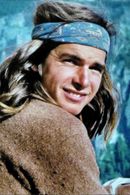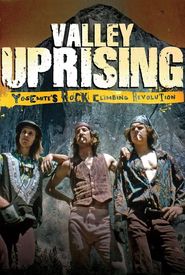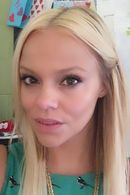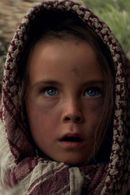Ron Kauk's first experiences in rock climbing date back to his fourteen years old, when he traveled to Yosemite with his backpack during a school trip. He had a memorable moment when he climbed a crack, feeling a sense of happiness and accomplishment.
Ron and his brother enrolled in a rock climbing course at Tuolumne Meadows, where he spent many weekends. He would often climb the school walls, doing over 100 finger pull-ups a day, and memorizing the Yosemite routes guide almost by heart.
During the summer of 1973, Ron spent many weekends in the area, feeling inspired by the "Stonemasters", a group of climbers who lodged at Camp 4 in tents and old buses. After spending the whole summer of 1974 in the valley, he ended up in high school but decided to drop out and focus on climbing.
He then moved to Camp 4 to live with people such as Jim Bridwell, Dale Bard, and John Bachar. Jim Bridwell set the tone, encouraging Ron and others to tackle increasingly difficult routes.
By 1974, Ron was able to onsight Nabisco Wall, at the time the toughest route in the valley. In 1975, he managed the first free sequence of Astroman and several other openings.
At the age of seventeen, he struggled for five days in the 1000 vertical meters of the great wall of El Capitan. Then, still at El Capitan, he climbed the North American wall in winter under an icy storm.
With Dale Bard, he completed Window Tears, a difficult Yosemite icefall. In 1978, he created Le Nez en tête in one day. The same year, Ron and Chapman left for Canada, for Mount Kitchener, they managed the north face.
In 1979, Ron took part in an expedition to Uli Biaho's tower in the Karakoram. On the way back, he felt like he had done the trick and his motivation waned, so he settled on the eastern slope of the Sierra and earned his living sometimes as a logger, sometimes as a miner.
Sometimes, after work, he would climb some rocks in Tuolumne.
In 1986, Ron won a bouldering competition in the USA, Yvon Chouinard then offered him a ticket so that he could come to France to take part in a meeting.
For several years, Ron will successfully participate in many international competitions. Then, in 1993, the difficult routes attracted him again.
He now runs Sacred Rok, a non-profit association that aims to support youth incarcerated youth by focusing on the focus and self-discipline represented by rock climbing, with the aim of helping them learn to apply that same focus and self-discipline when back out on the street.






















